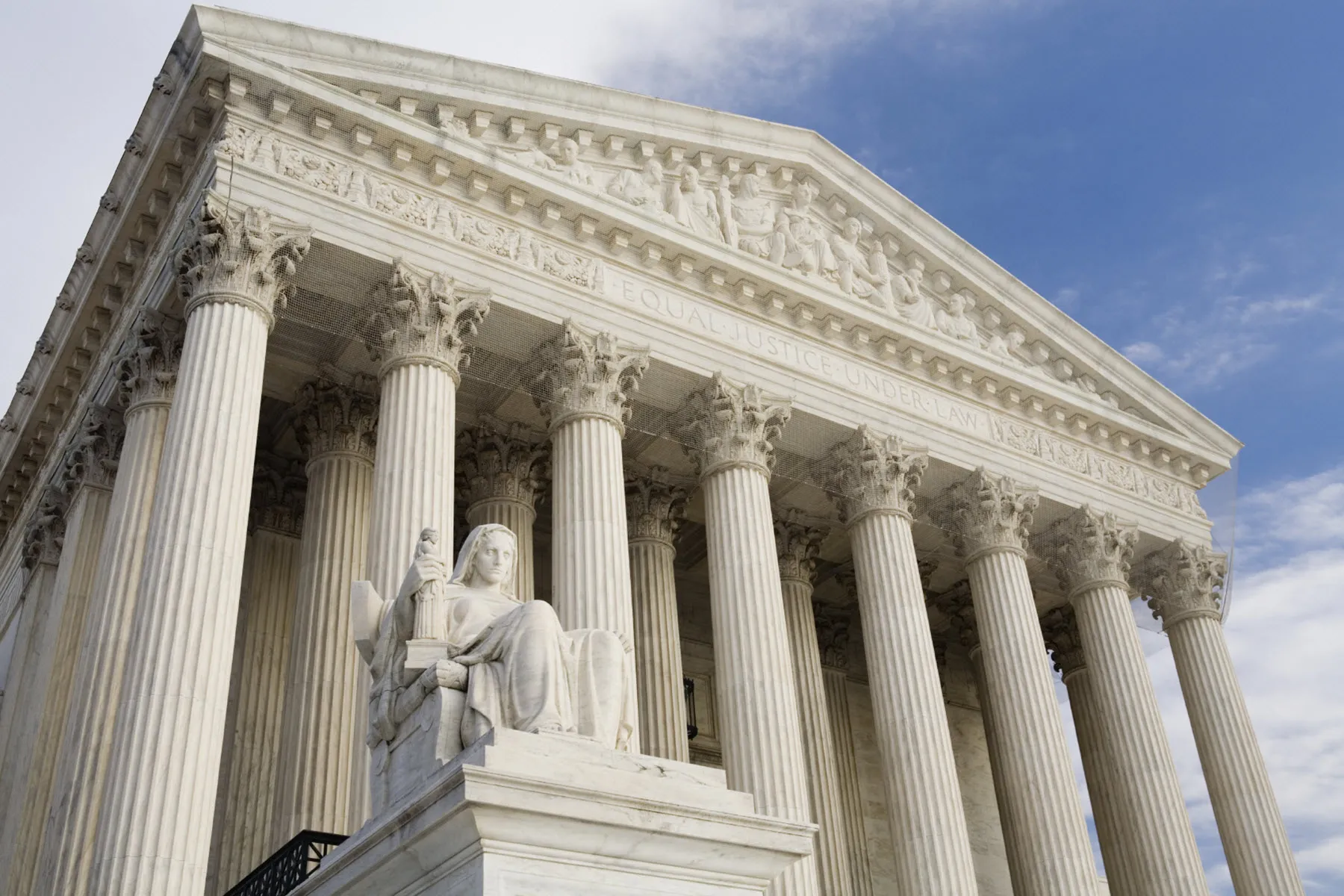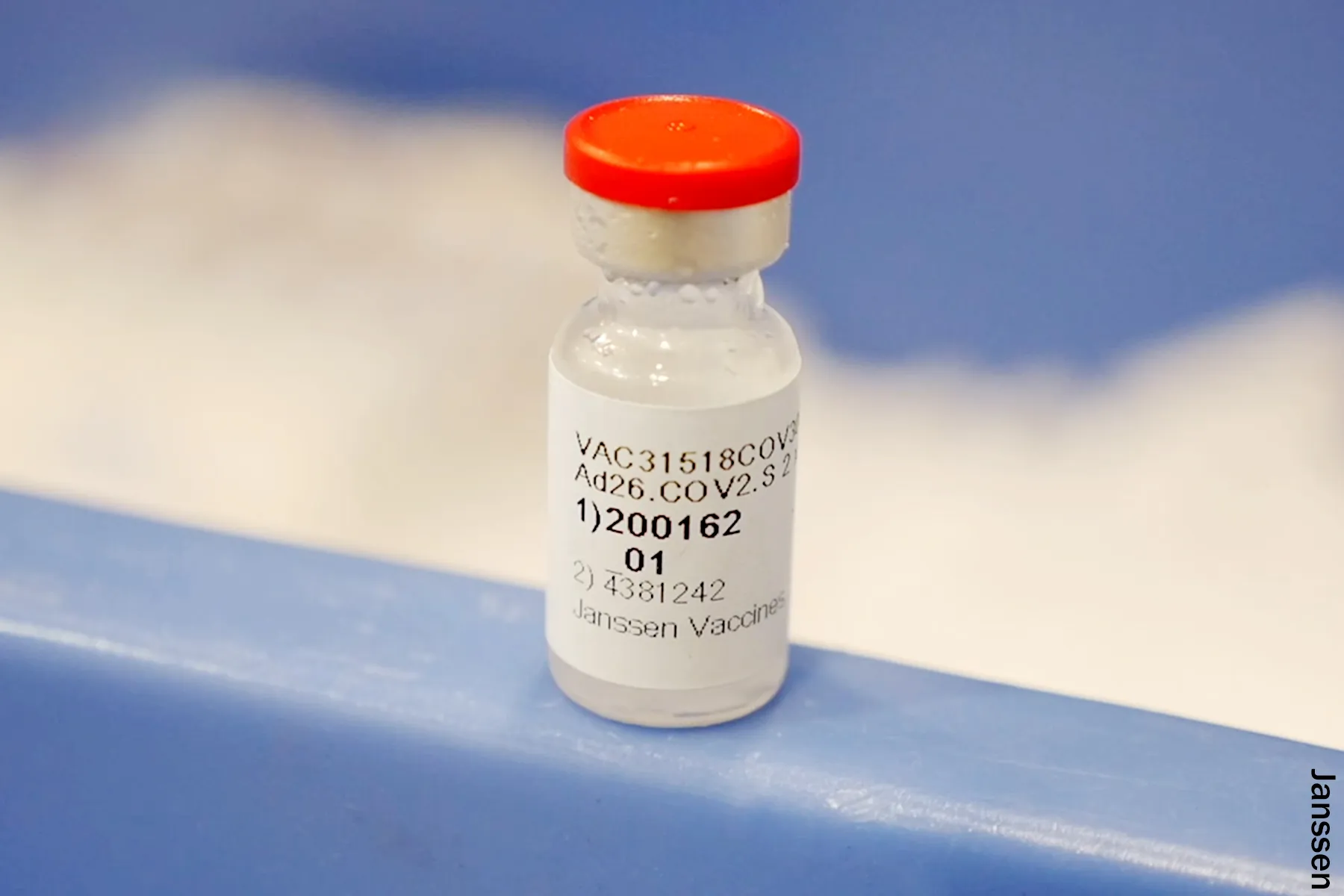Dec. 10, 2021 — In a extremely anticipated choice, the U.S. Supreme Court docket dominated at the moment that the controversial Texas abortion legislation that restricts the process to girls pregnant for six weeks or much less might proceed to be enforced, however allowed for state and federal courts to listen to challenges as to whether it violates the Structure.
As anti-abortion organizations rejoice and abortion rights teams confer on what the choice may imply for girls not solely in Texas however throughout the U.S., there’s one other, greater implication as properly.
The Texas legislation generated loads of controversy, partially, as a result of it took an uncommon strategy. In authorizing basically anybody throughout the nation to file a lawsuit towards a lady within the lone star state who seeks the process exterior the legislation, or anybody who assists her — together with healthcare professionals, it opens up the potential for related authorized challenges to different Supreme Court docket rulings on marriage, weapons and different rights.
The court refused efforts on behalf of abortion suppliers and the federal authorities to overturn the legislation, however stated decrease courts ought to decide the legislation’s final destiny.
The ruling permits abortion rights supporters to sue in state courtroom, the place a Texas decide on Thursday dominated the legislation unconstitutional. He stopped quick, nevertheless, of issuing an injunction towards. Abortion rights opponents have vowed to attraction District Decide David Peeples’ ruling.
A Timeline on the Case
The legislation took impact on Sept. 1, 2021. The day earlier than, the Supreme Court docket did not act to place a maintain on the legislation as requested by abortion rights organizations. In consequence, many Texas girls searching for the process after 6 weeks traveled to close by states. On Oct. 25, the Court docket agreed to listen to a challenge to the law by the Biden Administration.
Right now’s Supreme Court docket choice to uphold the Texas legislation contrasts with a normal consensus amongst many authorized observers that the justices had been receptive to blocking the law, based mostly on questions and points the judges raised throughout oral arguments on Nov. 1, 2021.
A separate authorized problem to abortion rights includes a Mississippi legislation banning the process beginning at 15 weeks of being pregnant. The Supreme Court docket justices scheduled oral arguments in that case for Dec. 1, and are anticipated to subject a ruling in that case in June 2022.
Abortion Numbers Proceed to Decline
The quantity and fee of abortions elevated after the Roe v. Wade choice in 1973, stayed comparatively steady by the Nineteen Eighties after which began declining. “This decline has been taking place for a very long time,” Amanda Jean Stevenson, PhD, an assistant professor in sociology on the College of Colorado Boulder stated throughout a latest media briefing sponsored by SciLine and the American Affiliation for the Development of Science.
“One necessary factor is that these declines are in all probability not pushed by abortion restrictions by 2017,” she added.
Enhancements in contraception choices is one motive students imagine the speed has been declining, Stevenson stated. Additionally, charges have decreased probably the most amongst youngsters, reflecting an general lower in teenage pregnancies on the identical time.
Frequent Misperceptions
“There are loads of myths about abortion and that is why we’re right here at the moment,” stated Sarah Ward Prager, MD, professor of obstetrics and gynecology on the College of Washington in Seattle. For instance, “the vast majority of individuals take into account abortion to be fairly unsafe.”
Nevertheless, she emphasised, “There are not any long-term well being dangers from abortion. It’s not related to the long run danger of infertility or ectopic being pregnant, spontaneous abortion, beginning defects or preterm supply.” Claims that hyperlink abortion to the next danger for breast most cancers, despair, nervousness or suicidality are unfaithful, Prager stated.
Lengthy-term psychological well being dangers are not any larger than for girls carrying a being pregnant to time period, she stated.
A reporter requested about opponents claiming that science reveals detrimental results of the abortion, akin to post-traumatic stress dysfunction or fetal ache.
“There are not any scientific information that say that abortion causes PTSD,” Diana Greene Foster, PhD, director of analysis for advancing new requirements and reproductive well being on the College of California at San Francisco. “You may declare that should you’re politically motivated and do not care in regards to the science.”
“And, likewise, people who find themselves educated about fetal mind improvement dispute the idea that of fetal ache taking place earlier than 24 weeks,” Greene Foster added.
One other space of confusion is the distinction between “the morning-after capsule” and the treatment abortion capsule. The morning after capsule is taken into account emergency contraception. “It’s a treatment designed to stop ovulation and due to this fact to stop a being pregnant from occurring,” Greene Foster stated.
In distinction, treatment abortion – the mix of mifepristone and misoprostol, often known as “the abortion capsule” – is designed to interrupt an current being pregnant as much as 10 weeks.
Carrying to Time period and Maternal Dangers
“Typically what individuals take into consideration abortion is just not the true image,” Prager stated. “Entry to secure and authorized abortion decreases maternal mortality.”
The danger of mortality from abortion is 0.7 per 100,000 as in comparison with a danger of demise from childbirth of 9 per 100,000 and danger of dying from a tonsillectomy is 3 to six per 100,000.
“Moreover, we all know that people who find themselves disproportionately impacted by restrictions are additionally those that are dealing with greater charges of maternal mortality,” Prager added. “That danger is greater for some populations. It’s greater for black girls on this nation and American Indian and Alaska natives.”










